Summer heat can be hard to bear, especially for our furry friends. While us humans can just go inside, sit in front of the AC and down a cold drink, our pets rely on us for their comfort and safety. In these dog days of summer, it’s especially important to pay close attention to your pet’s behavior and be wary of summer dangers. We sat down with the experts at a few of our local veterinary centers to learn about some of the most important summer pet precautions.
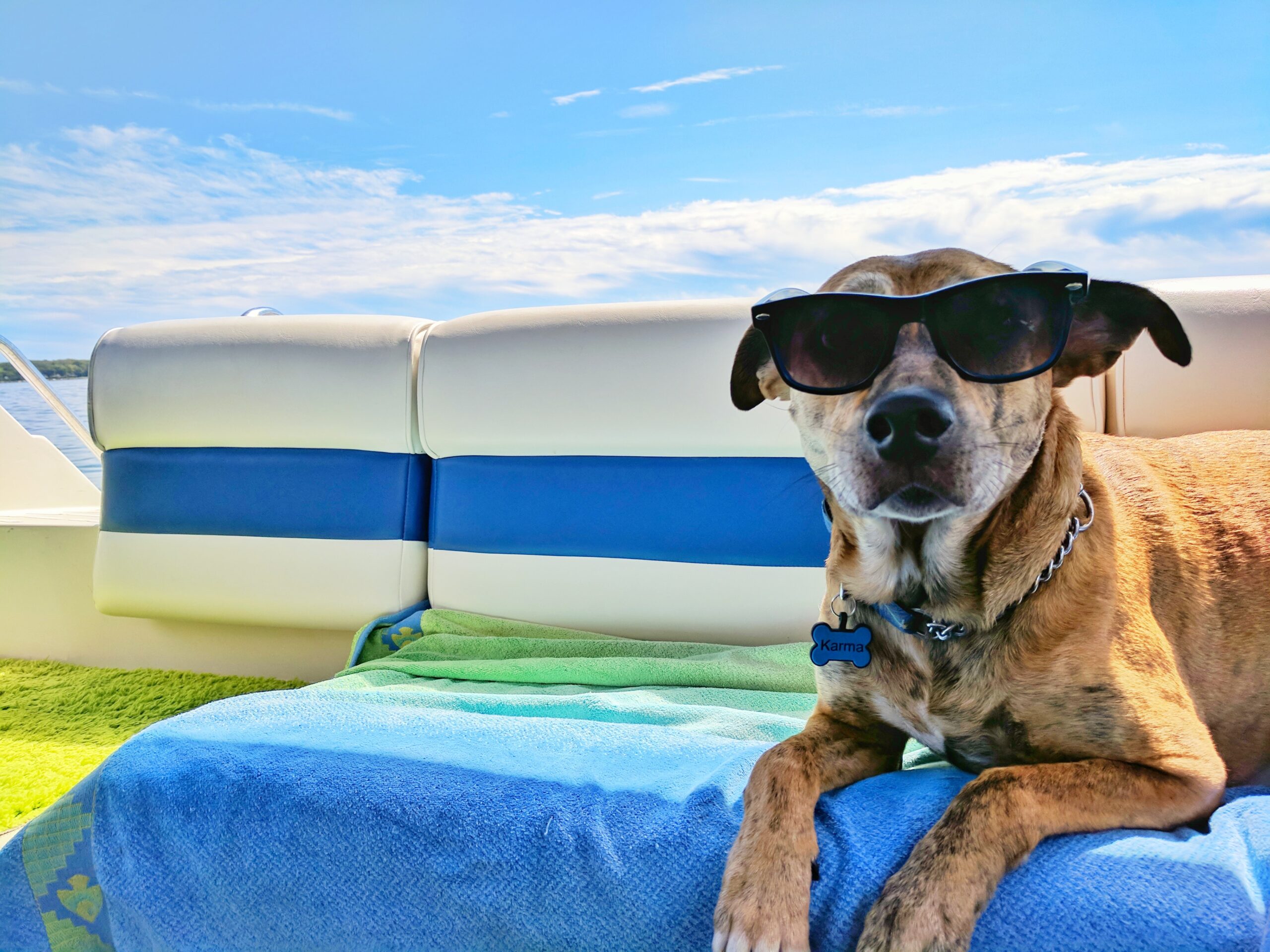
Traveling with your dog
If your dog has the pleasure of joining you on your next trip, make sure you are aware of the weather precautions of your destination.
Luckily, by now, most pets have already adapted to the summer weather at home. According to Johnathan Ball, the ER vet at Katonah Bedford Veterinary Center, weather adaptation for dogs usually lasts between 10 to 20 days. However, if you have plans to travel with your dog to someplace warmer than where you live, give them time to adjust to the new temperature or pay close attention to their behavior since they will be more sensitive to the weather.
“If they’re adapted to the summer here, but then you take them to Phoenix and it’s 110 degrees, they would need to readapt to the new temperature,” Dr. Ball explains.
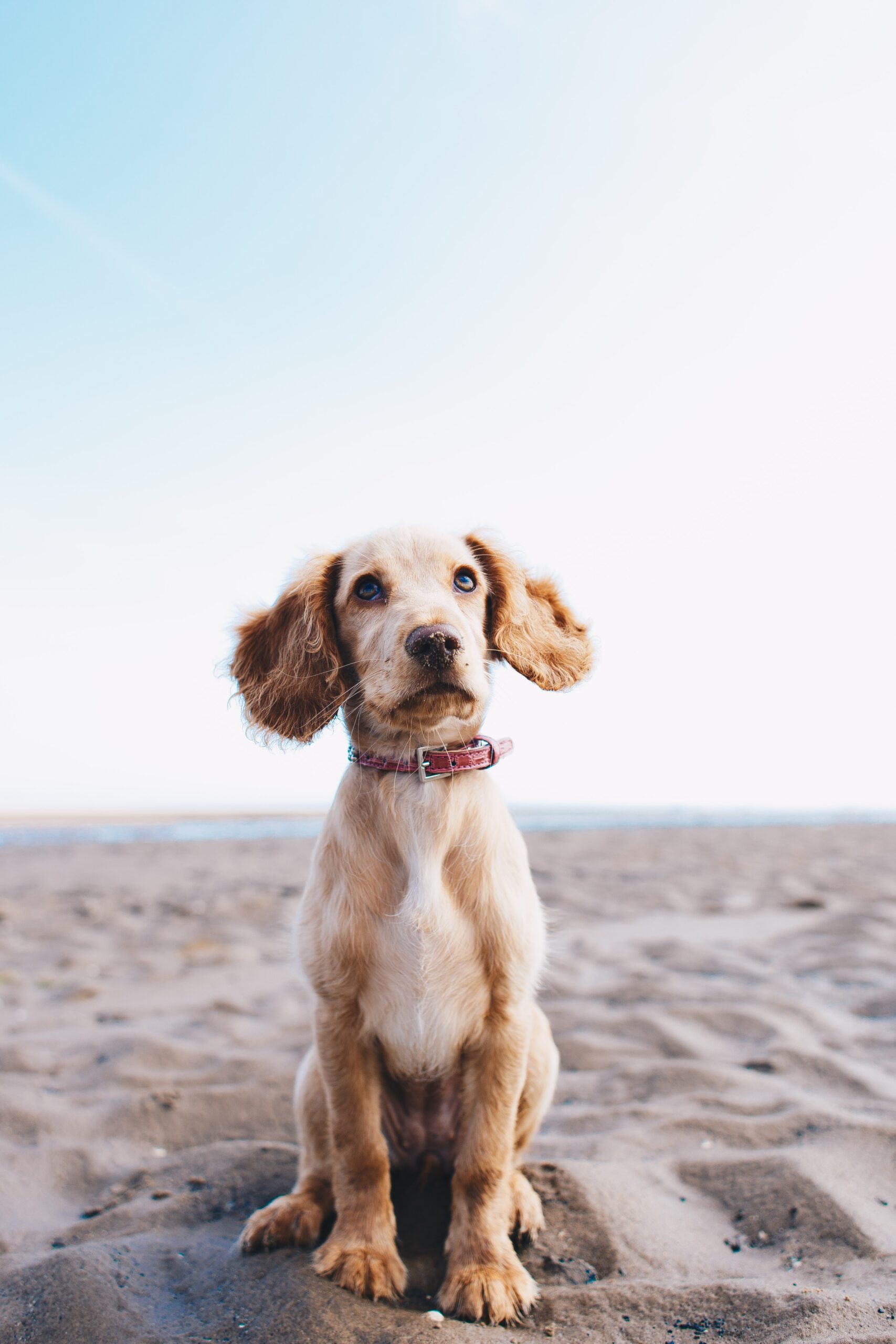
The 4-1-1 on heat exhaustion
Heat-sensitive breeds
While all dogs are susceptible to heat exhaustion, certain breeds have a more difficult time dealing with the heat.
Keyahna Fuarez, a member of the team at Goldens Bridge Veterinary Care Center says to “be careful of dogs with thicker coats such as Huskies, Samoyed, Alaskan Malamutes, St. Bernards and Newfoundlands.
In addition to those breeds, brachycephalic (short-nosed) dogs such as Pugs, French Bulldogs, English Bulldogs, Boston Terriers, Boxers and Pekinese have difficulty ventilating, so they can become exhausted at a much quicker rate.
“Over time, they were bred with shorter faces so they don’t have the nasal turbinates to cool,” Dr. Ball describes. ”And a lot of them suffer from deformities, like an elongated soft palate, a narrow trachea or narrowed nostrils, so it makes it harder for them to breathe easily.”
Additionally, Dr. Sarah Cutler from the Behavioral Clinic for Cats and Dogs adds, “Dogs of many breed types can develop laryngeal paralysis as they age, which puts them at risk for heat related respiratory crisis.” These breeds include Irish Setters, Labrador Retrievers, Bouvier de Flandres, Siberian Huskies, Bull Terriers and Dalmatians.
Signs of heat exhaustion
On particularly hot days, keep a close eye and ear on your dog.
Meghan Harrison, director of Katonah Bedford Veterinary Center says, “Unfortunately, we see an overabundance of pets that come in through the ER service with heatstroke and heat exhaustion.”
Signs of heat exhaustion can include excessive and audible panting, drooping tongue and swollen tongue. Fatigue is another key indicator, such as if your dog is dragging behind you on a walk, seeking shade and laying down on their chest with front feet spread. These are all warnings to take your dog out of the heat. But if your dog begins to show signs of heat stroke – vomiting, diarrhea, collapse or seizures – immediately bring them to your nearest veterinarian or emergency clinic.
“If you progress to that point, it would be a serious emergency,” warns Dr. Ball.
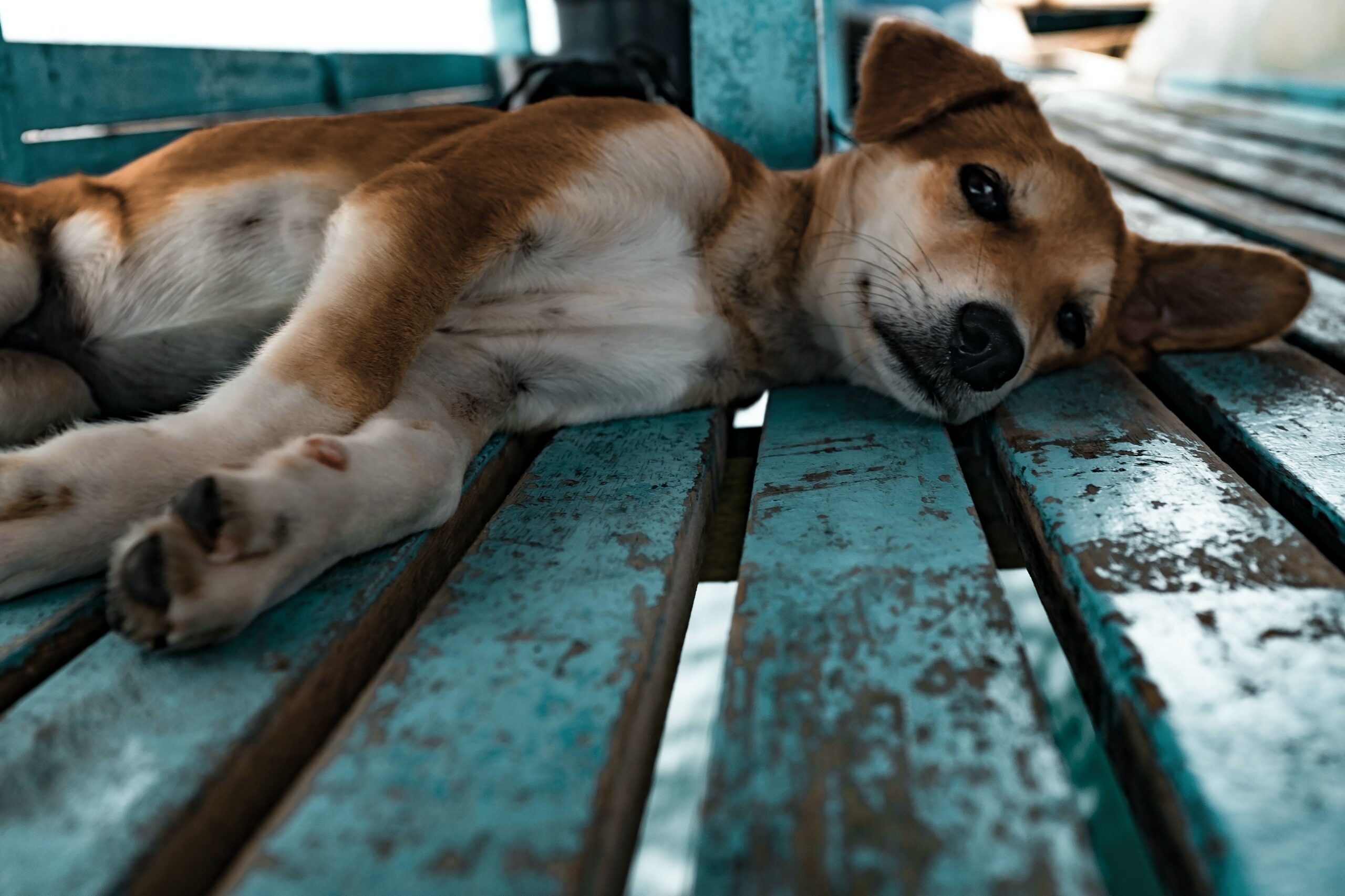
Exhaustion precautions
To avoid the risk of heat exhaustion, Fuarez advises walking your dog during the cooler parts of the day – in the morning or at night. If time doesn’t permit and you have to walk your dog in the middle of the day, walk them on grass or “keep them in the shade, making sure their paws don’t burn,” Fuarez explains.
To avoid paw-pad burns, you should also check the pavement temperature before walking.
“Place your hand or bare foot on the pavement for 10 minutes,” Dr. Ball advises, “If it’s too hot to keep your hand/foot on the pavement, it is too hot for your dog.”
I’m sure we all know this, but keeping your dog in a parked car – even with the windows down – is extremely dangerous.
“If it’s 78 degrees outside, it takes only a few minutes for the inside of your car to reach 100 degrees, even with the windows cracked. Your dog will be at risk for heat stroke or even death,” says Dr. Cutler. “Consider drive through options, curbside, or bring another adult with you to stay in the air conditioned car with your dog while you run your errand.”
The cool-down
Dogs have methods of cooling themselves down by panting and by laying on their abdomens (where their fur is thinnest) on tile or wood floors. Pet owners can help move this along by having cool-down go-to’s at the ready. These can include cool (not cold) water to pour on your dog and for your dog to drink, a fan or air conditioner, “cooling treats like frozen cubes of low-sodium chicken or beef broth or a cooling pad or damp towel for your dog to lay on,” advises Dr. Ball.
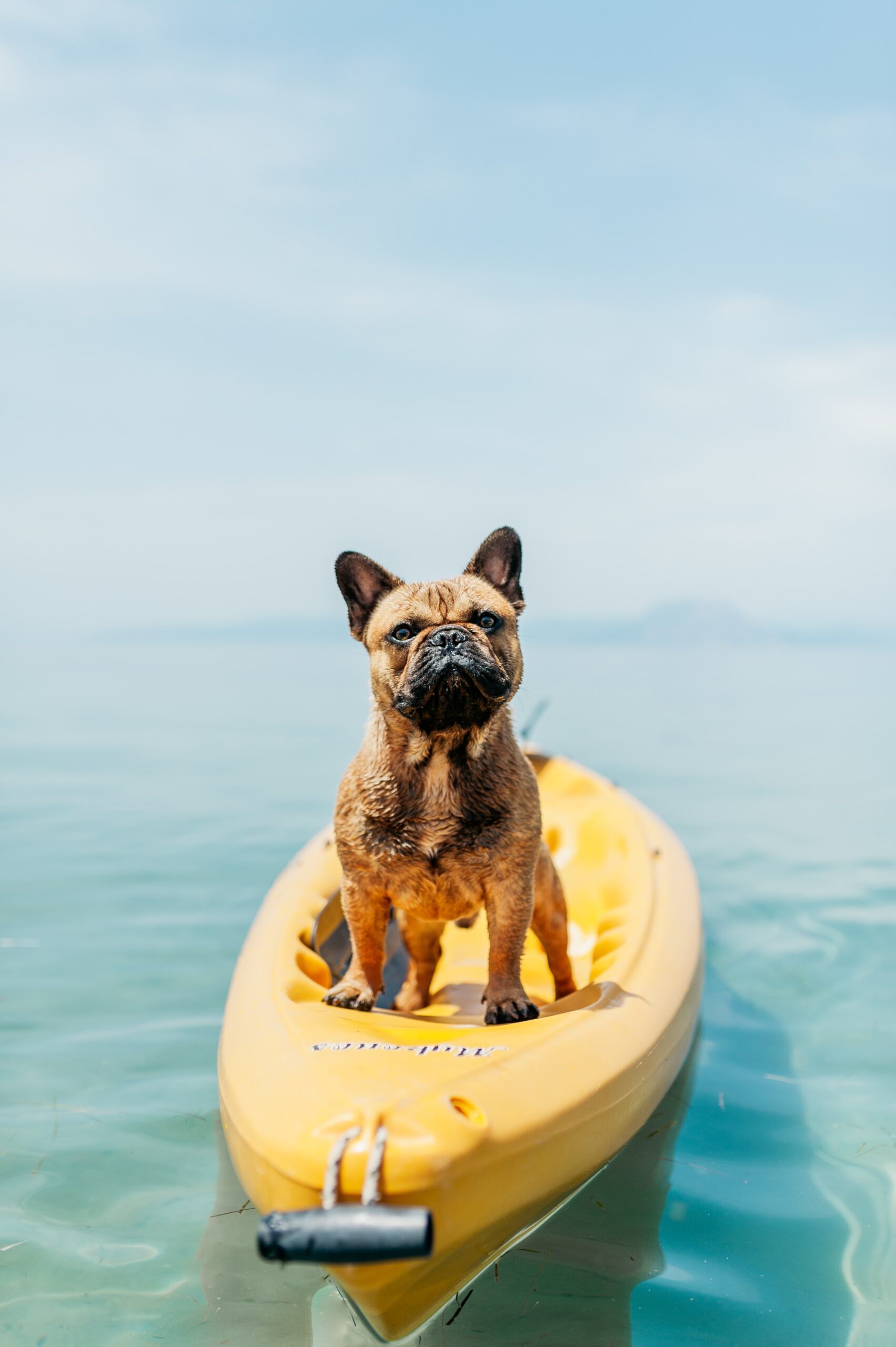
Water Safety
We all love a good beach, pool or lake day – including our dogs! Letting them swim is a great way to cool them down, yet, it’s important to look out for the dangers that lie in these waters.
At the pool, make sure your dog doesn’t drink the pool water. Chlorine can be dangerous for dogs, as can salt water. Therefore, if you’re heading to the beach, make sure your dog does not drink the ocean water, as high levels of sodium can be fatal for dogs.
If you’re heading to the lake, be extra cautious of algae. Certain kinds of bacteria and algae, such as blue-green algae, can be potentially fatal to dogs.
“Signs of blue-green algae overgrowth are not always visible, but if you notice a green paint-like tinge to water, or a pea soup appearance do not allow your dog to drink the water or even to swim,” Dr. Ball advises,
Dr. Cutler adds, “If the water is stagnant, please avoid it, as there are bacterial diseases such as Leptospirosis that thrive in warm stagnant water.”
Wherever you choose to go swimming, don’t leave your dog unattended. Although some breeds, such as Poodles and Retrievers, are innate swimmers, not all dogs can swim. Fuarez advises pet owners to keep their dogs leashed when around bodies of water.
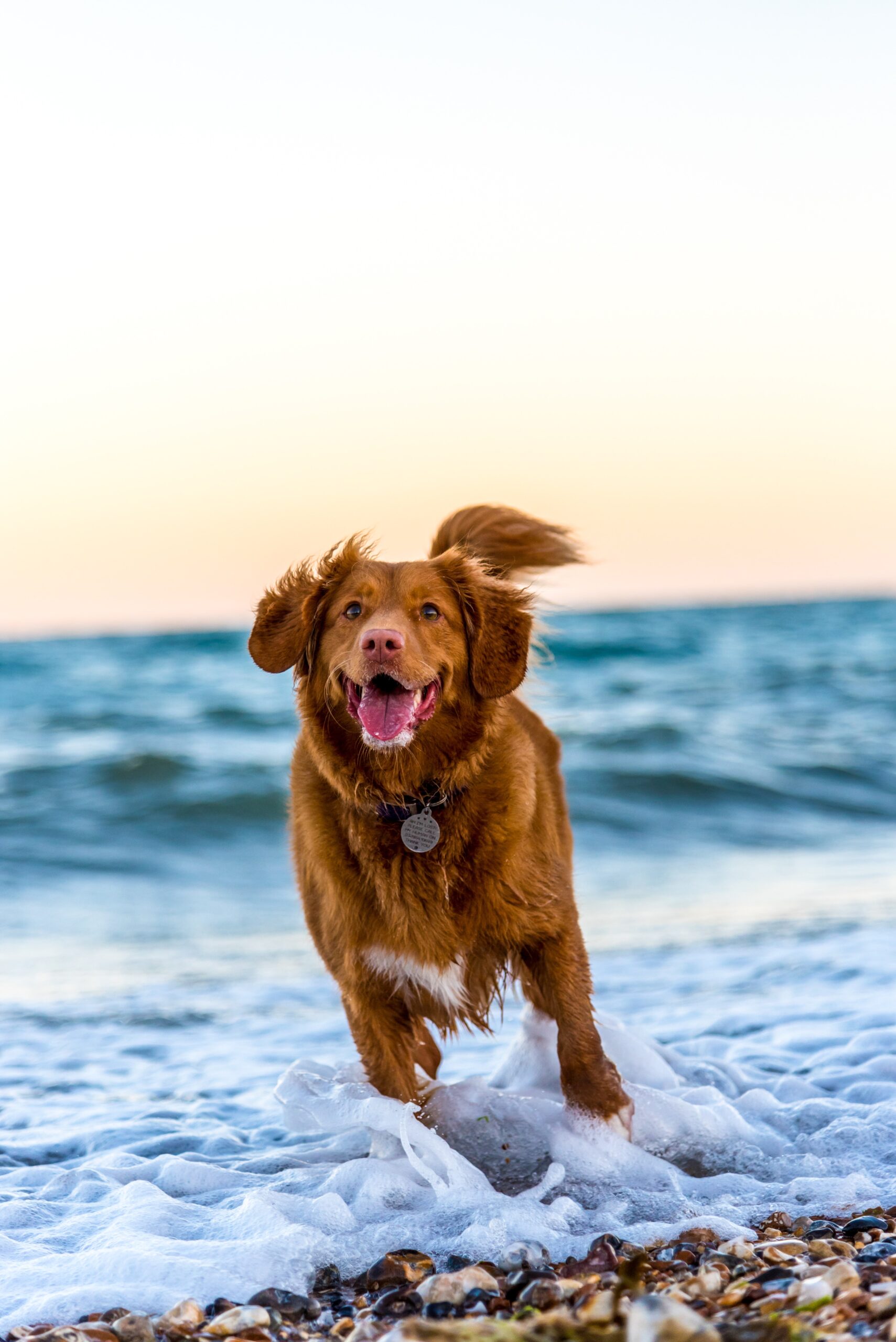
Summer entertaining with guests… and pets
Summertime cookouts are recipes for fun, but they can be potentially dangerous for dogs. Corn on the cob, skewers and pitted fruits can cause intestinal damage. Other foods, like chocolate, onions, raisins and grapes, are harmful to dogs as well, so don’t leave food unattended or in the reach of pets.
Venues with many people may make your dog stressed, so if you’re hosting a party, cookout and barbeque, it’s not a bad idea to keep your dog away from the crowds.
“Many dogs get worked up when there is a lot of commotion,” says Dr. Cutler, “ Some dogs are nervous with crowds and chaos and might be better off left home alone or with a pet sitter.”
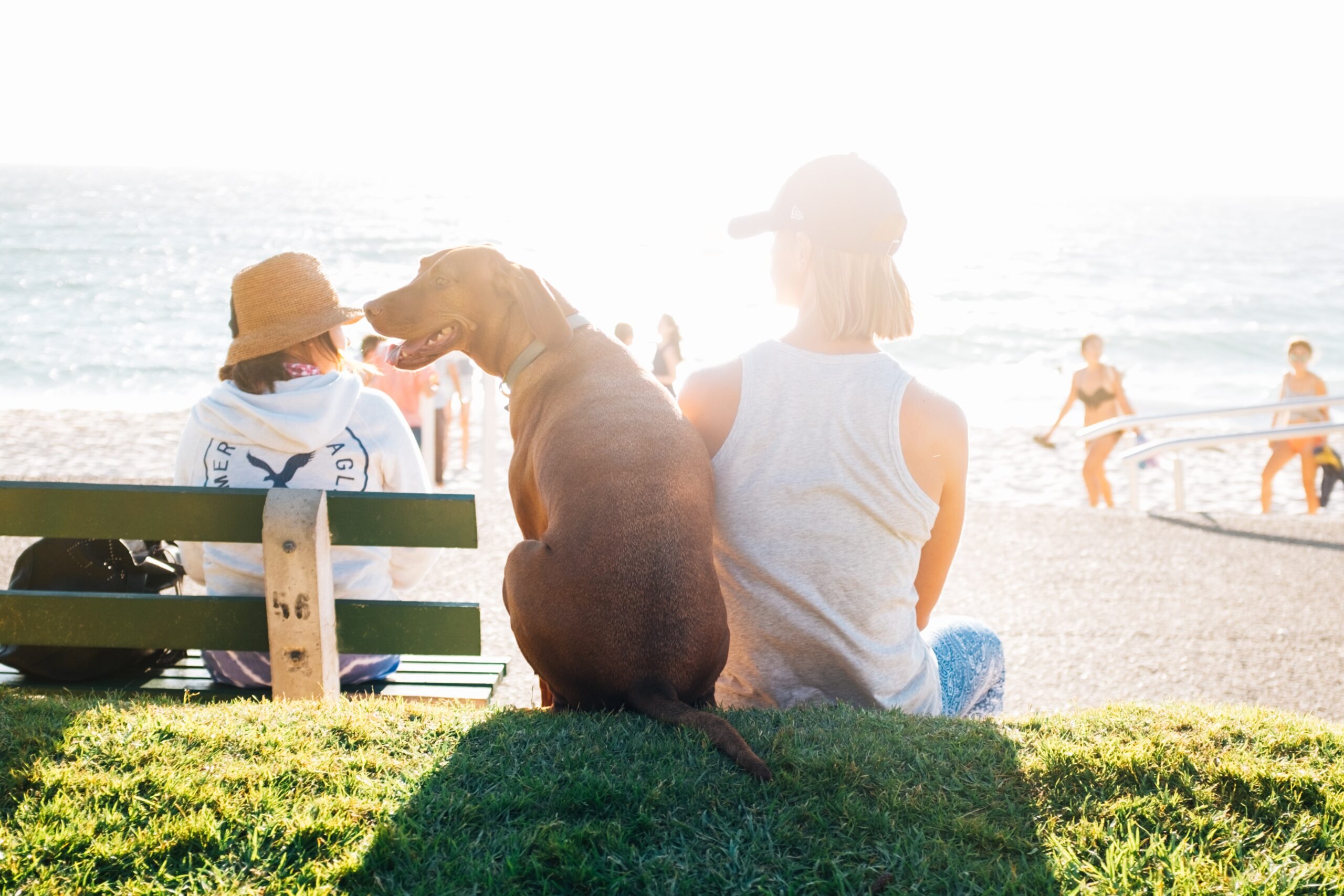
Our pets are part of the family, and they deserve to have as much summer fun as we do, but safety is key!

Kaitlyn Hardy
Kaitlyn Hardy is studying journalism and film at Emerson College. In addition to being a writer, Kaitlyn is also an avid reader, tea drinker, and movie watcher.










